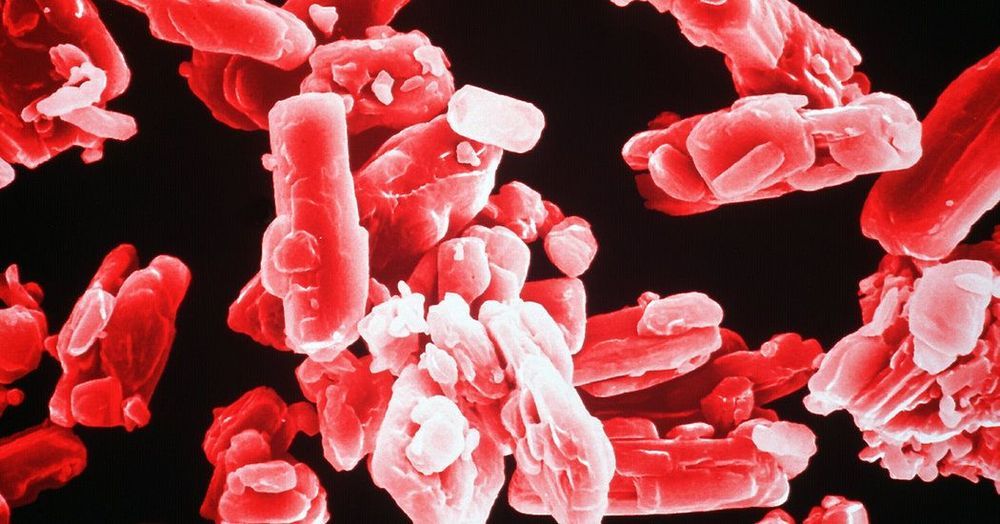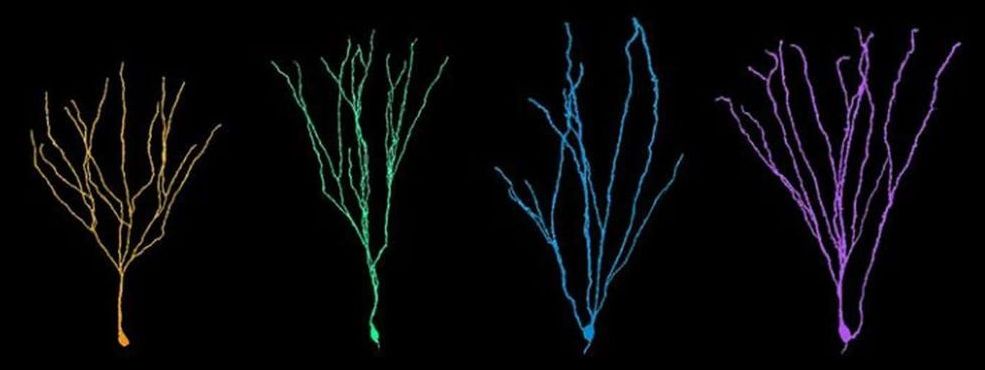NASA astronaut Chris Cassidy on Saturday tweeted a cool shot showing SpaceX’s Crew Dragon spacecraft docked with the International Space Station (ISS). The capsule, seen to the right of the picture, looks tiny alongside the enormous space station, but its interior is actually large enough for a human to perform something close to a somersault.
Cassidy captured the image during Friday’s spacewalk with fellow astronaut Bob Behnken. The outing involved ongoing work to upgrade power systems on the space station, swapping old nickel-hydrogen batteries for new lithium-ion batteries. The batteries store power gathered from the station’s main solar arrays and the new ones will provide an improved and more efficient power capacity for the orbiting outpost.
Cassidy later tweeted a couple of other shots from the spacewalk, one a “space selfie” and another taken shortly after the pair returned to the inside of the ISS.








